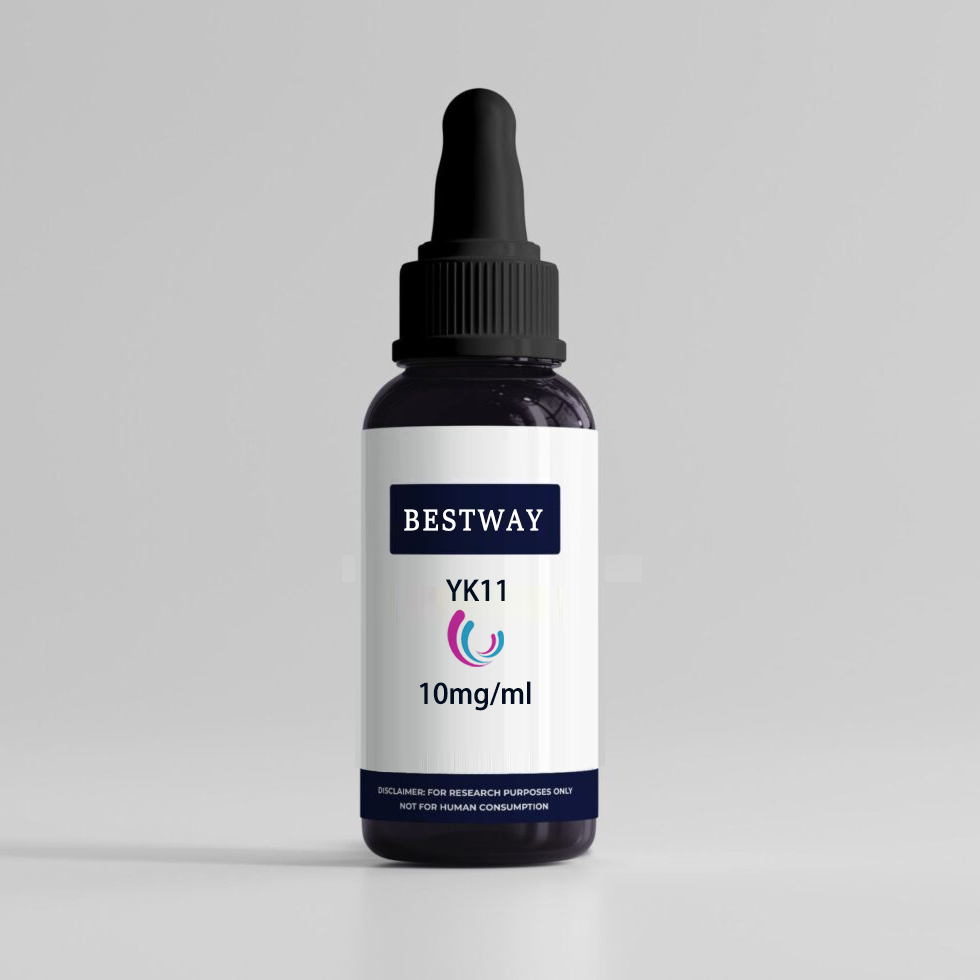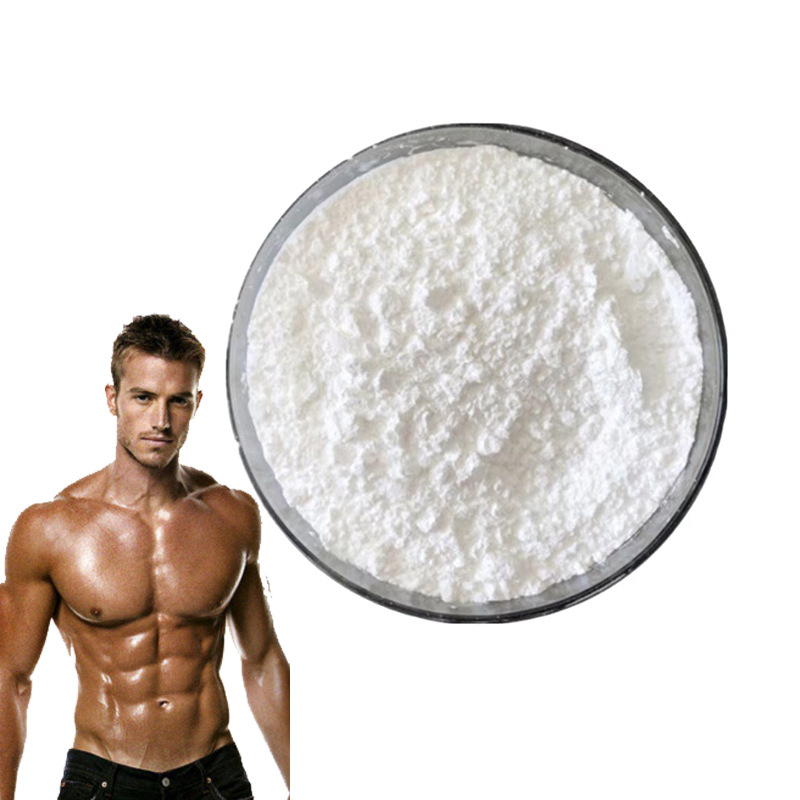Muscle Growth
What really makes YK-11 unique is that a key component of its anabolic activity is mediated through the expression of follistatin. They discovered this by co-administering an anti-follistatin antibody with YK 11 to measure the difference in effect. Follistatin has been shown to facilitate insulin-stimulated glucose and amino acid uptake into skeletal muscle cells, directly improving insulin sensitivity and increasing skeletal muscle mass. Follistatin protein also blocks inhibitory ligand binding to transforming growth factor-β.Effects of Follistatin on Muscle Tissue
Perhaps the most intriguing effect of follistatin is binding and neutralizing the catabolic proteins Activin A, Activin B, and myostatin. Unfortunately, follistatin protein itself is rapidly hydrolyzed, and even when injected directly into atrophic muscle, its bioavailability and half-life are limited. However, YK-11 stimulates the body to produce more follistatin protein both systemically and locally, which may compensate for the lack of direct follistatin administration and promote muscle growth.Muscle Atrophy
Animal studies investigated the effects of YK 11 as a potential treatment for sepsis-induced muscle atrophy. The researchers observed protective effects of YK 11 on muscle and organ tissue, as well as suppression of cytokine inflammation caused by Gram-negative bacteria. Mortality was also significantly reduced in eight-week-old septic mice treated with YK-11. They concluded that this was due to suppression of myostatin as well as increased expression of the follistatin gene.Bone Growth
The study found that YK11 combined with dihydrotestosterone (DHT) accelerated cell proliferation and mineralization in MC3T3-E1 mouse osteoblasts. YK11 treatment also induced the expression of osteoblast-specific differentiation markers, such as osteoprotegerin and osteocalcin, compared to untreated cells. These effects were attenuated by treatment with an androgen receptor (AR) antagonist, suggesting that the androgen receptor mediates the observed results.Mechanisms of Bone Recovery
Studies of the mechanism of action of YK11 on AR showed that it activates nongenomic signaling through phosphorylation of the Akt protein. This signaling pathway is a key regulator of androgen-mediated osteoblast differentiation, making it a promising candidate for future research in the field of bone tissue engineering.
YK 11 Side Effects
Clinical studies have revealed few side effects of YK-11, but anecdotal reports online suggest that the drug may cause joint pain, mild male pattern hair loss, acne, and aggressive behavior. Due to its effects on the androgen receptor (AR), YK11 may cause side effects common to other anabolic drugs, such as elevated hemoglobin or hematocrit, hypertension, insomnia, nausea, or liver damage. YK 11 is currently only approved for laboratory research purposes and is not approved for human consumption.














